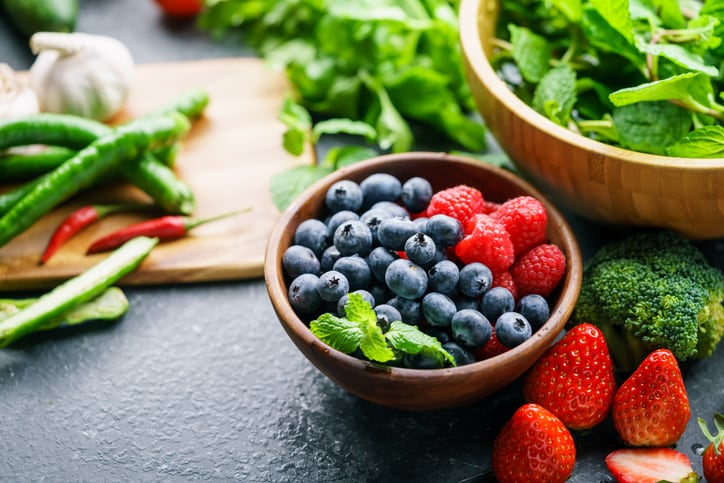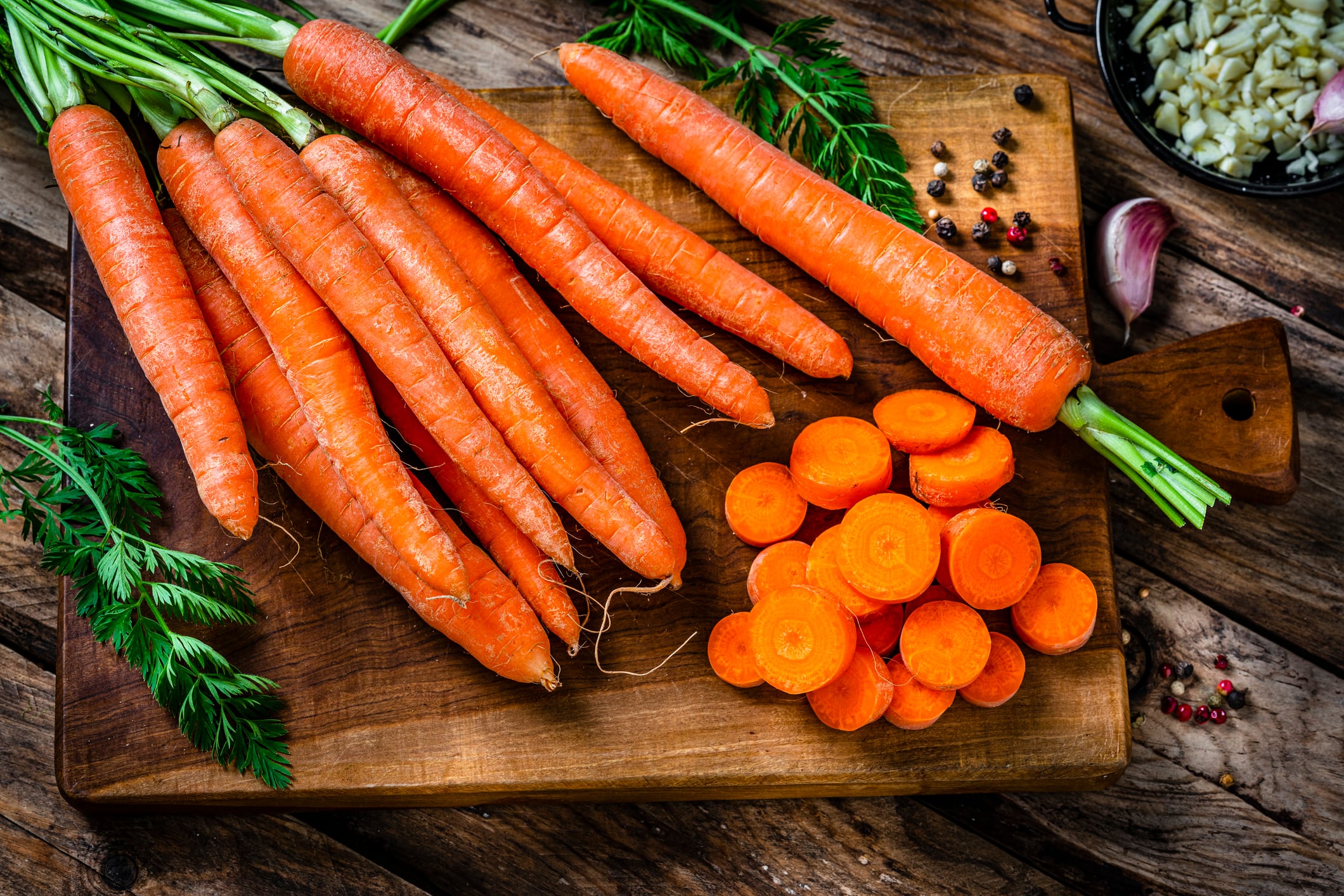Flavor and color are often overlooked, but potentially powerful, cues for consumers seeking specific wellness benefits from foods and beverages, according to ADM’s latest global study, We Eat With Our Eyes First ... & Color Sets The Stage.
People no longer wait to get sick – they are proactively pursuing wellness through their food and beverage choices including benefits that target better sleep and relaxation, immune support, cognitive health, gut and digestive health, energy and hydration. While label claims guide decisions, flavor and color often speak the loudest – quietly shaping global F&B choices in surprising ways.
For brands, this means moving beyond ingredient panels to craft a cohesive sensory-wellness journey – from shelf appeal to first sip. The next wave of functional innovation will belong to those who design with the senses in mind.
The next wave also could crest in dairy, hot drinks (like herbal or functional teas) and savory snacks, which have emerged as leading wellness vehicles, with more than 70% of people consuming them weekly for health-related reasons. This marks a notable rise in what can be called the “functional snacking-and-sipping” culture, where everyday formats deliver targeted benefits.
Flavors: Health signals in disguise
ADM’s research underscores that it is not just about ingredients – flavors themselves act as subtle health cues.
Citrus flavors like orange, lemon and even honey and apple consistently topped performance across wellness categories. Orange, in particular, led across the benefit areas studied. These flavors strike a vital balance between familiarity and efficacy, offering consumers a sense of comfort alongside perceived health benefits, according to ADM.
Color: The unsung hero of health perception
Color, too, plays a powerful but often underestimated role.
ADM found that orange and green hues frequently appear in products promoting immunity, energy, cognition and weight management, while blue – used slightly less frequently – signals calm and rest.
These findings reinforce the idea that color sets the tone for wellness expectations, influencing perception even before the first bite or sip. Familiar flavor-color combos – such as honey or apple paired with soft golden tones – help reinforce trust and perceived efficacy, ADM found.
Industry takeaways: A sensory-led approach to functional innovation
In today’s competitive landscape, innovation in functional foods and beverages requires more than just nutrient density – it demands a full sensory experience.
Taste, texture and visual appeal are now integral to consumer trust and adoption. As benefits like mood, sleep and immunity become mainstream, formats such as teas, yogurts and snacks are proving ideal for functional delivery.
But the format is only half the story.
Visual and sensory cues–especially citrus and green hues – have become hardwired signals of health and vitality. A beverage promoting calm should feature a soft, pastel palette, while energizing products should lean on vivid, bright tones, according to ADM. It adds: Aligning these sensory elements with product claims is no longer optional; it is essential for market success.
Final thoughts
ADM’s report confirms what many in the industry have already sensed: Wellness today is as much about experience as it is about function. Consumers want to feel the benefit before they even taste it.




